The product is natural indigo-dyed fabrics and the items made with folk wisdom passed down by the Phutai people, has brought about valuable craftsmanship. The craft workshop is famed for its local wisdom of indigo dye, which is handed down through generations. Several villages now thrive on producing indigo clothes. Some villages develop their dyeing skills to meet the textile industry's demand. The indigo tanks are alive. It is the micro-organism that lives in the tanks with the indigo. Created by the fermentation of ashes, herbs and some sugar, the organic compound is a precursor to indigo dye and enables it's all-natural cold-dyeing process to give it a long-lasting blue. Handwoven cotton dyed in indigo sometimes using mad-mee techniques, which involve tying and dyeing the threads before weaving. Colors from different types of bark have since been introduced in combination with indigo, such as padauk, jambolan, neem, etc. Using design techniques, the indigo fabrics look modern and come in chic collections like travel outfits, airplane outfits, bags, shawls, scarfs, and more. By supporting Thai products, we can all take part in propelling the pride in our natural resources. The fabrics are safe for the health, and being produced by Thais, the designs are sure to please Thai aesthetics at just the right price.
This video is a property of the Department of Intellectual Property (DIP) Ministry of Commerce, Thailand.
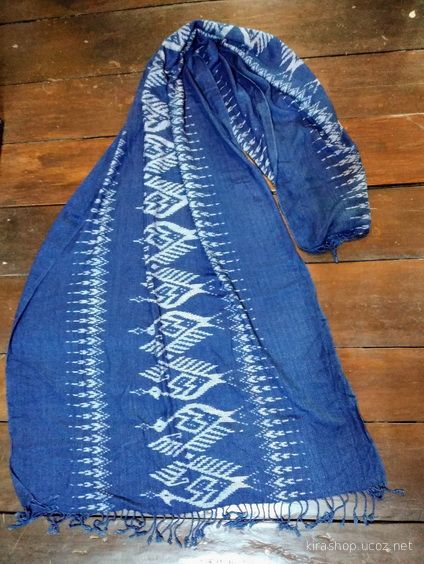 China
The basic garment of China, for both sexes, was a robe-like or tunic-like wrapped garment. Elites wore robes, preferably of silk, that were wrapped around the body and tied closed with a waist sash. Such robes were either long enough to require no lower garments or somewhat shorter (e.g. thigh length) and worn over trousers or a skirt. Trousers and skirts were not closely tied to gender and were worn by both men and women. Both sexes considered it socially essential to wear their hair bound up in a topknot or other dressed style, and covered with a head cloth or hat of some kind. Elite women favored highly colorful patterned silk cloth for their clothing. Fashion in women's clothing went through an era of rapid change during the Tang Dynasty (618-907), when a wealthy and cosmopolitan imperial culture stimulated consumption and emulation, and novelty was supplied by cultural influences, via the Silk Route, of Persian and Turkic peoples.
China
The basic garment of China, for both sexes, was a robe-like or tunic-like wrapped garment. Elites wore robes, preferably of silk, that were wrapped around the body and tied closed with a waist sash. Such robes were either long enough to require no lower garments or somewhat shorter (e.g. thigh length) and worn over trousers or a skirt. Trousers and skirts were not closely tied to gender and were worn by both men and women. Both sexes considered it socially essential to wear their hair bound up in a topknot or other dressed style, and covered with a head cloth or hat of some kind. Elite women favored highly colorful patterned silk cloth for their clothing. Fashion in women's clothing went through an era of rapid change during the Tang Dynasty (618-907), when a wealthy and cosmopolitan imperial culture stimulated consumption and emulation, and novelty was supplied by cultural influences, via the Silk Route, of Persian and Turkic peoples.
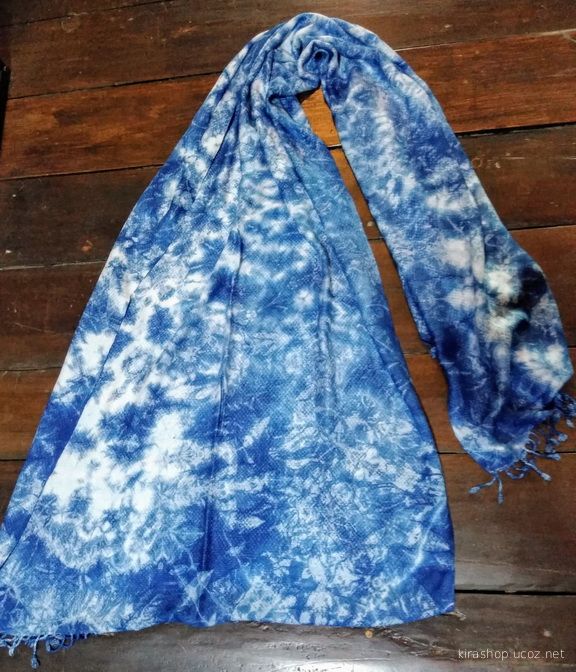
Elite men's clothing in ancient times was also often quite colorful, but men's clothing tended to become more somber and plain-colored in later periods. This trend toward plainer clothing was offset, however, by the development, from the late Song Dynasty (twelfth century) onward, of the "dragon robe" for use as court dress.
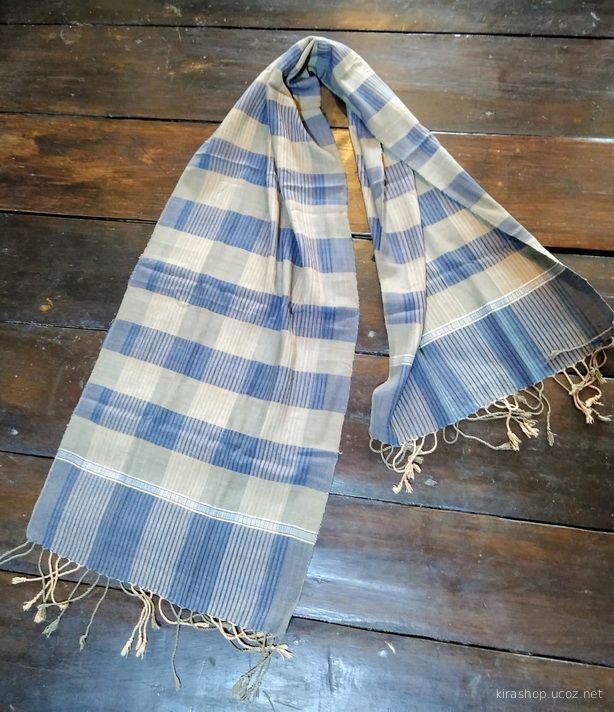 Commoners generally wore short robes or jackets over trousers or leggings; women sometimes wore skirts, and men sometimes wore only a loincloth as a lower garment, particularly when doing heavy agricultural work. Cavalry became an important part of the Chinese military from the late first millennium B.C.E. onward, and cavalrymen typically wore short wrapped jackets or short robes over trousers.
The dragon robes of late imperial China conveyed, through color and design details, precise information about the rank of those who wore them. Similar information for lower-ranking officials was conveyed through Mandarin squares, embroidered cloth badges that showed a wearer's civil service rank and were worn on the front and back of official robes.
Chinese dress changed radically after the end of the imperial period in 1911. A new form of men's clothing, called the Sun Yat-sen suit, developed on the basis of European military uniforms and won widespread acceptance; this suit had a jacket with a high, stiff "mandarin" collar, four pockets, and a buttoned front, with trousers in matching cloth. A new women's dress, called the qipao or cheongsam, evolved in Shanghai and other Chinese cities in the 1920s and 1930s; it was based on a restyling of the Manchu long gown of China's last imperial era, the ethnically Manchu Qing Dynasty.
Commoners generally wore short robes or jackets over trousers or leggings; women sometimes wore skirts, and men sometimes wore only a loincloth as a lower garment, particularly when doing heavy agricultural work. Cavalry became an important part of the Chinese military from the late first millennium B.C.E. onward, and cavalrymen typically wore short wrapped jackets or short robes over trousers.
The dragon robes of late imperial China conveyed, through color and design details, precise information about the rank of those who wore them. Similar information for lower-ranking officials was conveyed through Mandarin squares, embroidered cloth badges that showed a wearer's civil service rank and were worn on the front and back of official robes.
Chinese dress changed radically after the end of the imperial period in 1911. A new form of men's clothing, called the Sun Yat-sen suit, developed on the basis of European military uniforms and won widespread acceptance; this suit had a jacket with a high, stiff "mandarin" collar, four pockets, and a buttoned front, with trousers in matching cloth. A new women's dress, called the qipao or cheongsam, evolved in Shanghai and other Chinese cities in the 1920s and 1930s; it was based on a restyling of the Manchu long gown of China's last imperial era, the ethnically Manchu Qing Dynasty.
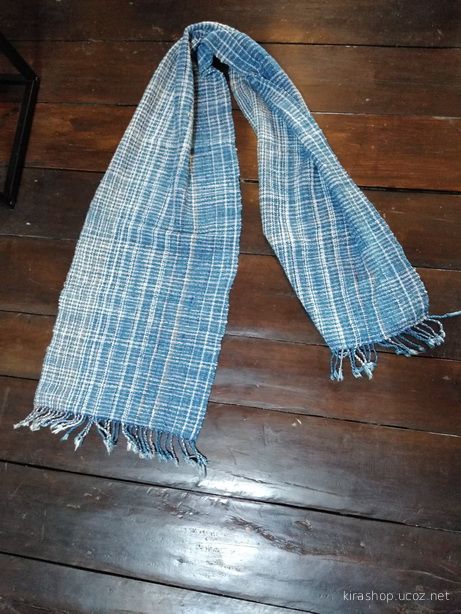
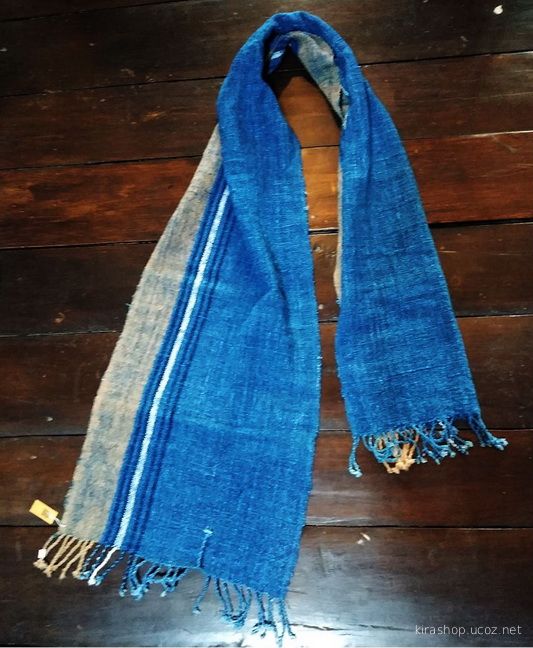 After the Communist revolution of 1949, the Sun Yat-sen suit evolved into the ubiquitous blue cotton Mao suit worn by both sexes; the qipao fell into disfavor in Communist China. It has since had a modest revival as formal wear. In general, however, traditional dress has disappeared in China, except among China's ethnic minorities, some of whom retain traditional or quasi-traditional dress styles as markers of ethnic identity.
After the Communist revolution of 1949, the Sun Yat-sen suit evolved into the ubiquitous blue cotton Mao suit worn by both sexes; the qipao fell into disfavor in Communist China. It has since had a modest revival as formal wear. In general, however, traditional dress has disappeared in China, except among China's ethnic minorities, some of whom retain traditional or quasi-traditional dress styles as markers of ethnic identity.
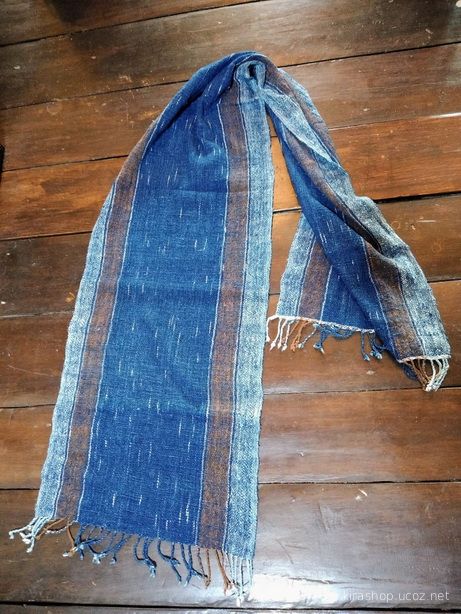
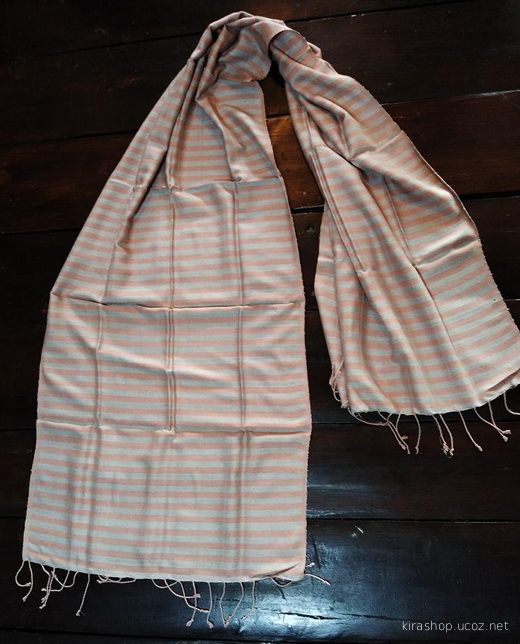 The dress of these minority peoples varies widely, but often (as in the case of the Miao) features black-dyed cotton tunics worn with skirts or trousers and ornamented with colorful embroidery and sewn-on silver coins or beads. Women of the Dai minority wear fitted blouses with wrapped skirts similar to the lungyi (sarongs) commonly worn by Burmese women.
The dress of these minority peoples varies widely, but often (as in the case of the Miao) features black-dyed cotton tunics worn with skirts or trousers and ornamented with colorful embroidery and sewn-on silver coins or beads. Women of the Dai minority wear fitted blouses with wrapped skirts similar to the lungyi (sarongs) commonly worn by Burmese women.
Vietnam
Historically, Vietnam can be divided into three regions: from north to south, Tonkin, Annam, and Cochin China. The northern and central regions were strongly influenced by Chinese culture while vigorously resisting Chinese conquest or political domination over the course of many centuries. Elite dress for both sexes was based on Chinese models, with males of the ruling class wearing plain long robes for ordinary wear and dragon robes or robes with Mandarin squares for official use. Women's dress strongly reflected Chinese women's fashionable attire. Working people of both sexes wore dark, wrapped jackets with skirts for women or short trousers for either sex-the "black pajamas" of Vietnam peasants that became an iconic image for Americans during the Vietnam War.
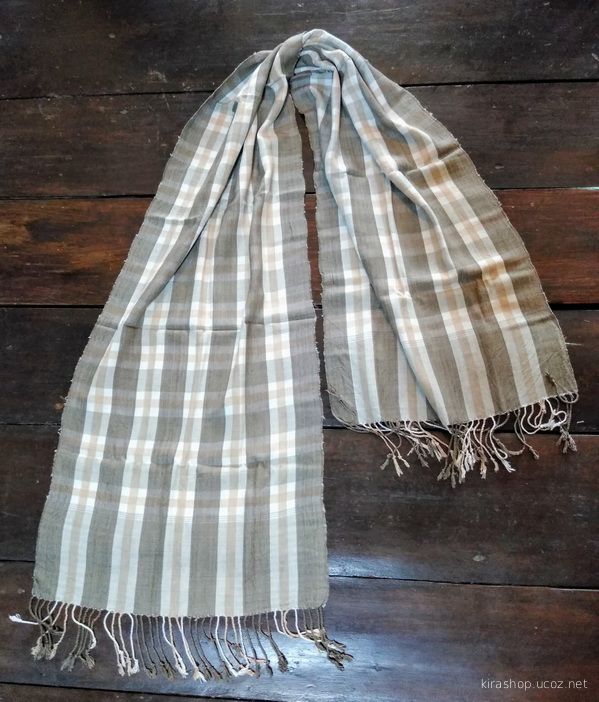
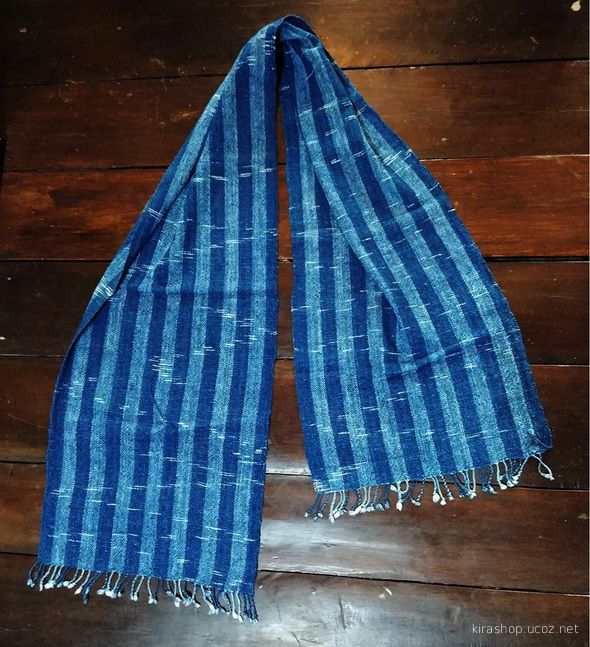
Culturally, southern Vietnam-Cochin China-was more closely related to Southeast Asia, and especially Cambodia, than to China. That was reflected in local dress, which featured wrapped skirts (sarongs) for both men and women, with wrapped upper garments for women and light, shirtlike jackets (or no upper garment) for men.
Under French colonial rule, from the 1860s to the 1950s, some elite men wore variant or hybrid forms of European dress, and some women of the same classes wore fashionable Western dress. Partly in response to this Westernization of Vietnamese dress, a new women's ensemble, the ao dai, evolved in the early twentieth century. It features a blouse worn above loose silk trousers, the whole outfit topped with a long, loose tunic open to the hip at each side. Though a recent innovation, the ao dai was accepted as a "traditional" and national dress by the mid-twentieth century and had retained that role.
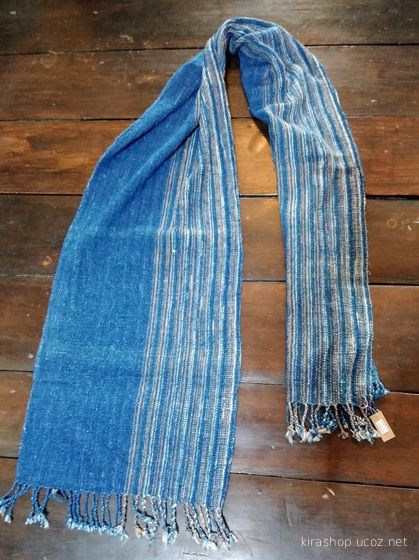 Korea
Korean national dress for both men and women is known as hanbok, which simply means "Korean robe." The traditional men's ensemble, which is related to clothing of Manchuria and the steppe lands beyond but has no close connections to Chinese men's clothing, consists of a wrapped short jacket worn over voluminously baggy trousers tucked into black felt boots, the whole outfit topped with a stiff silk gauze coat in some light color, such as pale green or pale blue. A stiff black horsehair or straw hat completes the outfit.
Korea
Korean national dress for both men and women is known as hanbok, which simply means "Korean robe." The traditional men's ensemble, which is related to clothing of Manchuria and the steppe lands beyond but has no close connections to Chinese men's clothing, consists of a wrapped short jacket worn over voluminously baggy trousers tucked into black felt boots, the whole outfit topped with a stiff silk gauze coat in some light color, such as pale green or pale blue. A stiff black horsehair or straw hat completes the outfit.
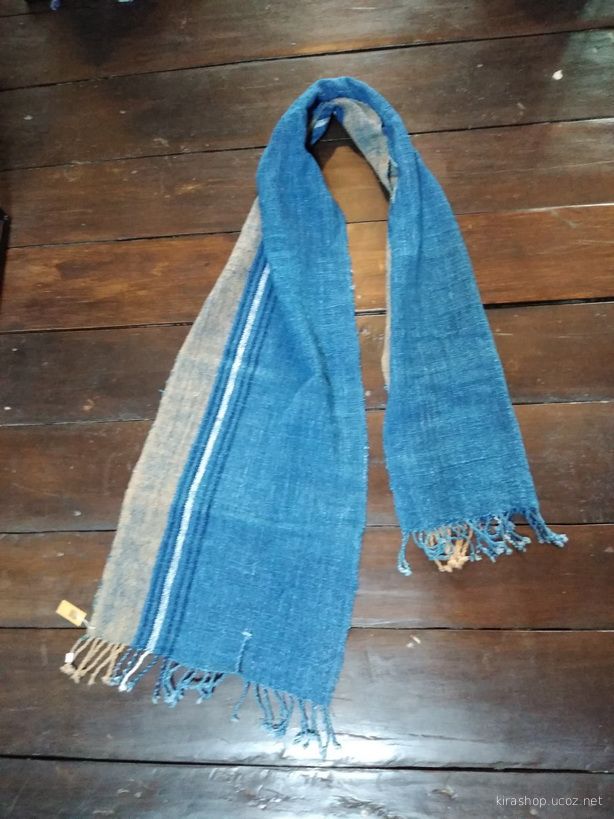 Japan
Japan began to be influenced strongly by continental culture from Korea, and from China via Korea, by the end of the third century C.E., and increasingly with the introduction of Buddhism in the mid-sixth century. Soon domestically produced silk fabric competed with imported Chinese and Korean textiles, though the latter retained high prestige value.
In the aristocratic culture of the Nara (710-785) and Heian (795-1185) periods, fashion was thoroughly assimilated to Japanese cultural norms and was expressed in details such as color, cut, and decorative motifs in clothing that retained always the basic theme of the wrapped long robe.
Men wore long robes of patterned silk or, for riding and other activities, shorter wrapped jackets over wide, baggy trousers of matching or contrasting material.
Japan
Japan began to be influenced strongly by continental culture from Korea, and from China via Korea, by the end of the third century C.E., and increasingly with the introduction of Buddhism in the mid-sixth century. Soon domestically produced silk fabric competed with imported Chinese and Korean textiles, though the latter retained high prestige value.
In the aristocratic culture of the Nara (710-785) and Heian (795-1185) periods, fashion was thoroughly assimilated to Japanese cultural norms and was expressed in details such as color, cut, and decorative motifs in clothing that retained always the basic theme of the wrapped long robe.
Men wore long robes of patterned silk or, for riding and other activities, shorter wrapped jackets over wide, baggy trousers of matching or contrasting material.
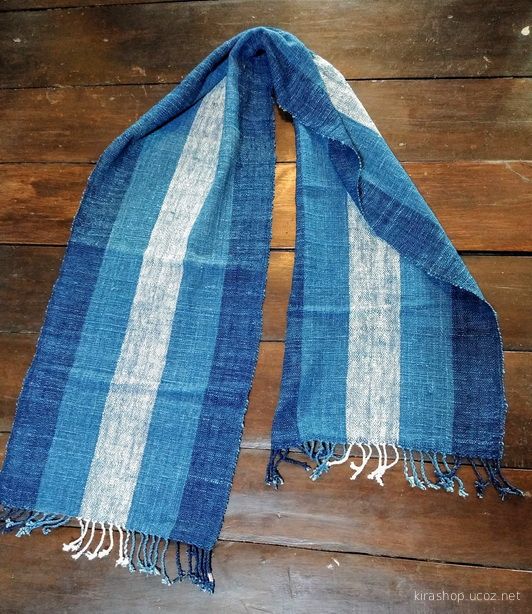 It consists of a skirt or very wide trousers worn with a long-sleeved wrapped top tied with a ribbon just below the bustline, the whole outfit covered with a silk gauze overskirt.
Women of that era wore multiple layers of wrapped robes, cut so as to reveal each layer beneath the last; the tasteful blending of colors of such layered ensembles was an admired feminine accomplishment.
During the era of rule by a warrior aristocracy (samurai) that began in 1185 and lasted for nearly 700 years, clothing for both men and women evolved toward the T-shaped wrapped garment known as the kimono, in which elements of taste were expressed more in textile elements than by the cut or style of the garment itself.
Fashion and style found expression in dyed, woven, or embroidered fabrics of sumptuous quality and fantastic variety; the wearing of an embroidered family crest at the nape of the neck by families with the right to do so; the choice of fabric and tying technique of the wide obi sash used to fasten a woman's kimono, and so on.
Kimonos were displaced for most purposes by ordinary western-style clothing in the post-World War II period, and afterward were largely worn only as formal wear and on special occasions.
It consists of a skirt or very wide trousers worn with a long-sleeved wrapped top tied with a ribbon just below the bustline, the whole outfit covered with a silk gauze overskirt.
Women of that era wore multiple layers of wrapped robes, cut so as to reveal each layer beneath the last; the tasteful blending of colors of such layered ensembles was an admired feminine accomplishment.
During the era of rule by a warrior aristocracy (samurai) that began in 1185 and lasted for nearly 700 years, clothing for both men and women evolved toward the T-shaped wrapped garment known as the kimono, in which elements of taste were expressed more in textile elements than by the cut or style of the garment itself.
Fashion and style found expression in dyed, woven, or embroidered fabrics of sumptuous quality and fantastic variety; the wearing of an embroidered family crest at the nape of the neck by families with the right to do so; the choice of fabric and tying technique of the wide obi sash used to fasten a woman's kimono, and so on.
Kimonos were displaced for most purposes by ordinary western-style clothing in the post-World War II period, and afterward were largely worn only as formal wear and on special occasions.

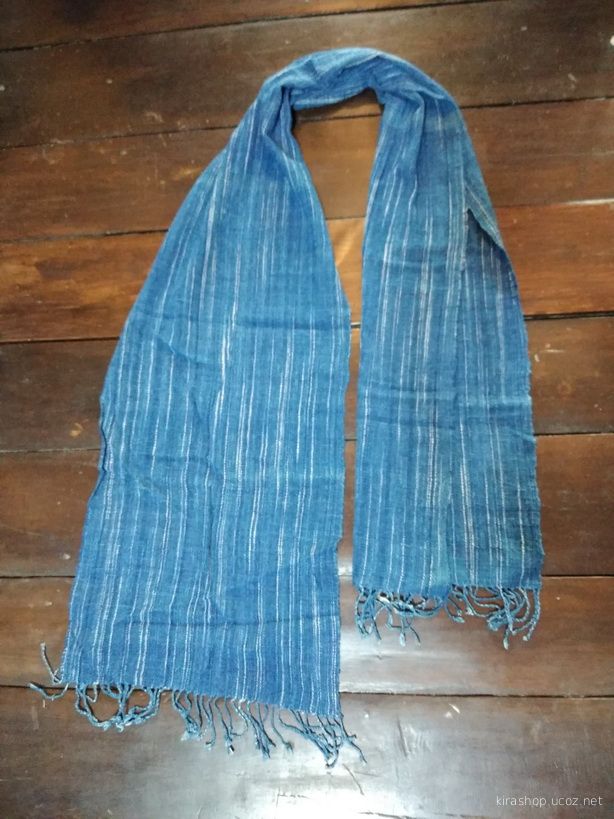 Inner Asia
The three northeastern provinces of China that formerly made up Manchuria, barely retain a separate ethnic tradition, and there are only a few thousand remaining native speakers of Manchu. Traditional clothing has largely disappeared.
Inner Asia
The three northeastern provinces of China that formerly made up Manchuria, barely retain a separate ethnic tradition, and there are only a few thousand remaining native speakers of Manchu. Traditional clothing has largely disappeared.
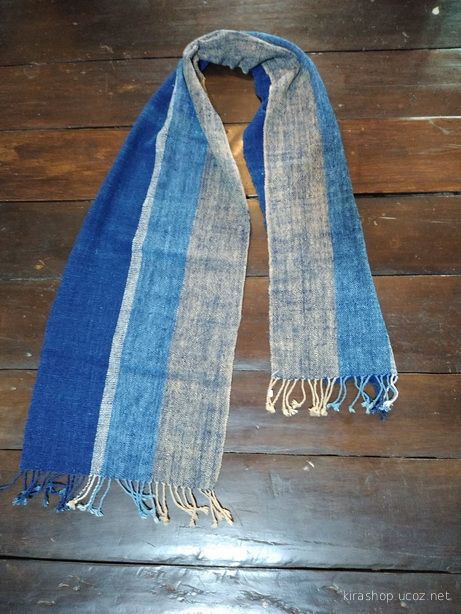

Clothing of working-class Japanese in premodern times was made of hempen cloth or, from about the sixteenth century onward, of cotton, usually indigo-dyed using techniques that are now much admired by connoisseurs of folk textiles. Traditional working-class garb survives in some rural Japanese communities as a somewhat self-conscious expression of conservative values. An unusual and distinctive item of Mongolian dress is the costume worn by men for wrestling-one of the "three manly sports" (along with riding and archery) of Mongol tradition. It consists of very tight short shorts, ordinary heavy Mongolian leather boots, and a tight-fitting, vestlike top that covers the shoulders, upper back, and upper arms, but leaves the chest bare. In East Turkestan (now Xinjiang Province, China), the non-Chinese indigenous population consists largely of Uighurs and Kazakhs, both Turkic peoples ethnically akin to other Turkic peoples of Central Asia. Traditional dress varied widely among specific groups but tended toward wrapped, coatlike outer garments worn over a shirt and trousers, for men; and blouses, voluminous skirts, and long vests for women.
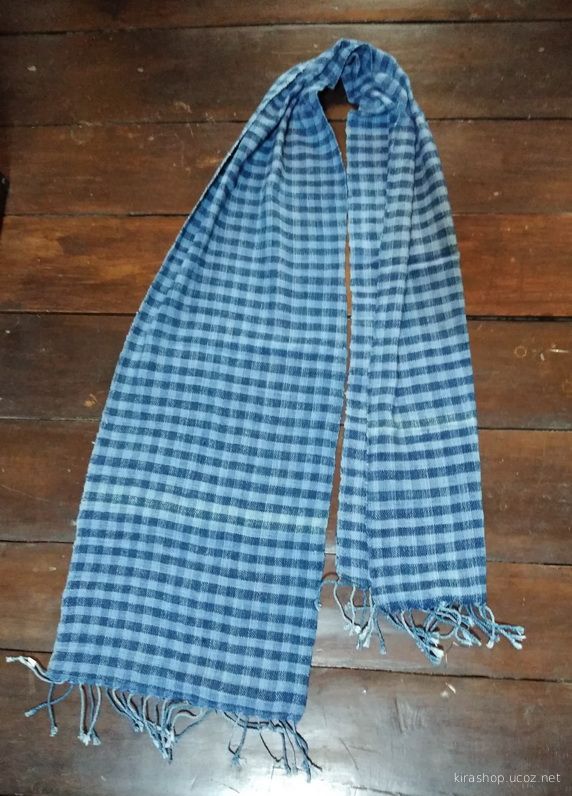
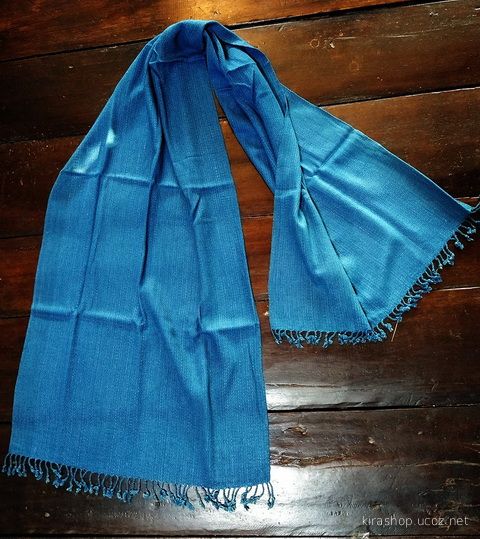 Many men of the region wear the small, round, embroidered caps found widely among Central Asian peoples.
Today, because the Islamic belief of these groups is seen as a bulwark against Chinese cultural hegemony, there is an increasing trend among Uighur and Kazakh women to wear international Islamic hijab clothing, which consists of a shapeless outer garment and head-scarf.
Tibet, now the Tibet Autonomous Region of the People's Republic of China, retains a strong indigenous dress tradition. The basic garment for both sexes is the chupa, a narrowly cut, long, side-closing wrapped garment bound at the waist with a sash. Men often wear a sheepskin coat over the chupa, leaving the right arm out of its sleeve and the right side of the coat pulled down off the shoulder-this is supposedly to facilitate knife-or sword-fighting should the need arise.
Many men of the region wear the small, round, embroidered caps found widely among Central Asian peoples.
Today, because the Islamic belief of these groups is seen as a bulwark against Chinese cultural hegemony, there is an increasing trend among Uighur and Kazakh women to wear international Islamic hijab clothing, which consists of a shapeless outer garment and head-scarf.
Tibet, now the Tibet Autonomous Region of the People's Republic of China, retains a strong indigenous dress tradition. The basic garment for both sexes is the chupa, a narrowly cut, long, side-closing wrapped garment bound at the waist with a sash. Men often wear a sheepskin coat over the chupa, leaving the right arm out of its sleeve and the right side of the coat pulled down off the shoulder-this is supposedly to facilitate knife-or sword-fighting should the need arise.
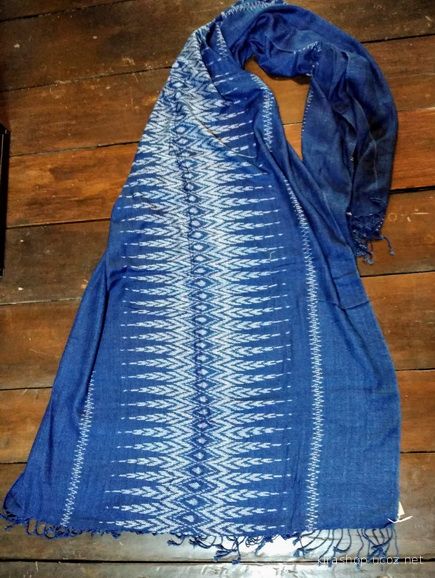
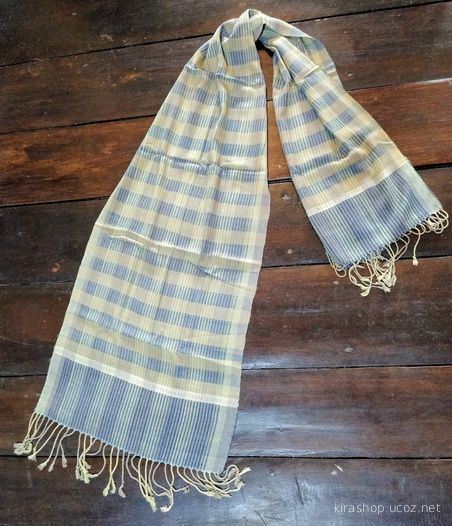 An alternative women's ensemble consists of a loose, long-sleeved blouse, a dress, often of plain black cotton, with a sleeveless jumper top and a skirt that wraps in back and ties at the waist with cords, giving a trim line to the garment. It is worn with an apron sewn from several strips of multicolored, horizontally-striped cloth-a badge of married status for women. As in many cultures with a tradition of pastoral nomadism, Tibetan women often wear a wealth of jewelry, favoring in particular silver ornaments set with turquoise, coral, and lapis lazuli.
East Asia: History of Dress
An alternative women's ensemble consists of a loose, long-sleeved blouse, a dress, often of plain black cotton, with a sleeveless jumper top and a skirt that wraps in back and ties at the waist with cords, giving a trim line to the garment. It is worn with an apron sewn from several strips of multicolored, horizontally-striped cloth-a badge of married status for women. As in many cultures with a tradition of pastoral nomadism, Tibetan women often wear a wealth of jewelry, favoring in particular silver ornaments set with turquoise, coral, and lapis lazuli.
East Asia: History of Dress
By John S. Major
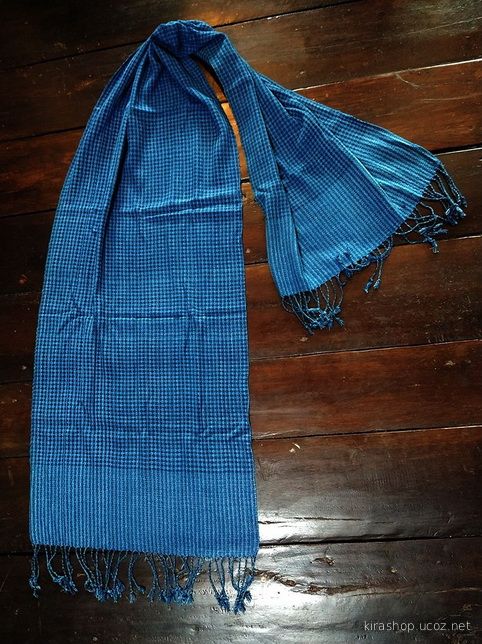 South Asia: History of Dress
South Asia comprises India, Pakistan, Bangladesh, Sri Lanka, Nepal, and Bhutan. The geographical terrain varies from mountainous regions along the northern borders, to desert areas, arid and semiarid zones dependent on monsoon rains for agriculture, the uplands of the Deccan Plateau, tropical wetlands, and the rich valleys of the Indus and Ganges rivers, seats of ancient cultures.
South Asia: History of Dress
South Asia comprises India, Pakistan, Bangladesh, Sri Lanka, Nepal, and Bhutan. The geographical terrain varies from mountainous regions along the northern borders, to desert areas, arid and semiarid zones dependent on monsoon rains for agriculture, the uplands of the Deccan Plateau, tropical wetlands, and the rich valleys of the Indus and Ganges rivers, seats of ancient cultures.
Despite differences in physical appearance, language, and other ethnological features, the people of South Asia share to a considerable degree a common cultural heritage. Sanskrit and Prakrit, the languages of the region's most ancient texts, are still employed in religious rituals and classical learning. The Mahabharata and Ramayana, great epics dating from ca. 500-300 B.C.E., reinforce cultural links and a sense of shared tradition throughout the region.
Draped and wrapped garments are the most common form of clothing for both men and women in South Asia. The sari (also spelled saree), in many variant sizes and wrapping techniques, worn with a choli (blouse), is the most typical form of South Asian women's dress. An analogous wrapped garment for the lower torso and legs, the dhoti, is widely worn by men; it is usually wrapped and tucked to form a kind of unstitched pantaloon. In some areas both sexes wear the sarong (also known as a lungi), a wrapped skirt. Stitched garments are also widely worn in the region by both men and women; examples include the loose trousers called payjamas, and the ensemble of salwar (pantaloons) and kamiz (long tunic) that has become the national dress of Pakistan.


Wrapped and draped garments appear to be the oldest form of attire in South Asia. Nevertheless, awls found at archaeological sites of the Harappan civilization, in the Indus Valley (third millennium B.C.E.) indicate that leather stitching and embroidery were practiced there. Stitched garments entered the region with ancient migrations of people from Central Asia. The assumption made by some European scholars that Muslims introduced tailoring to South Asia is incorrect. Early literature preserves words for the needle (suchi), the thimble (pratigraha), scissors (sathaka), and even for the sewingbag, showing that tailoring was practiced in ancient times.
Early Evidence
An early Harappan sculpture depicts a priest's draped garment with an embroidered trefoil motif. Women are shown wearing elaborate headgear and a scanty wrap around the hips and pubic area, a form of dress used even today by some tribal people of Central India.

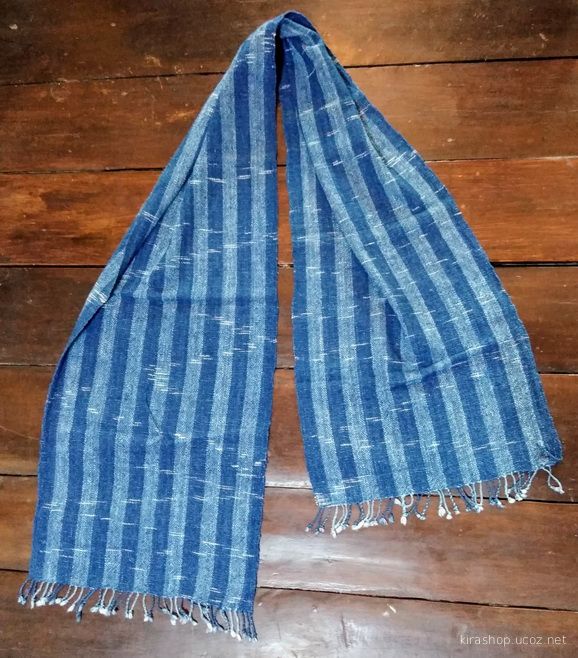 The early Vedas (ca. 1200-1000 B.C.E.) mention shining raiments, indicating the use of gold thread. The Mahabharata and Ramayana describe elaborate garments, but their form is unclear. Draped garments continued to dominate in post-Vedic times and had evolved into an elaborate costume with distinctive names. Antariya was the lower garment, while the upper was uttariya. The lower wrapper was held in place by an elaborate sash or a girdle of jewelry and the upper wrapper was draped with innumerable folds. Embroidered wrap skirts, pesas, were also used; they are similar to skirts worn in Gujarat. Another garment of post-Vedic times was a breast cloth, pratidi, tied or wrapped even today by the hill tribes of Bangladesh.
The early Vedas (ca. 1200-1000 B.C.E.) mention shining raiments, indicating the use of gold thread. The Mahabharata and Ramayana describe elaborate garments, but their form is unclear. Draped garments continued to dominate in post-Vedic times and had evolved into an elaborate costume with distinctive names. Antariya was the lower garment, while the upper was uttariya. The lower wrapper was held in place by an elaborate sash or a girdle of jewelry and the upper wrapper was draped with innumerable folds. Embroidered wrap skirts, pesas, were also used; they are similar to skirts worn in Gujarat. Another garment of post-Vedic times was a breast cloth, pratidi, tied or wrapped even today by the hill tribes of Bangladesh.
Later stone sculptures show a form of pleated lower wrap formed into a pantaloon created by passing the lower pleats through the legs and tucking them in at the back. There were variations of this technique, with descriptive names such as "elephant's trunk" and "fishtail," a style of wearing which continues to be used even today. Men and women used a wrapped head covering called usnisa, which was quite distinct from the later turban.

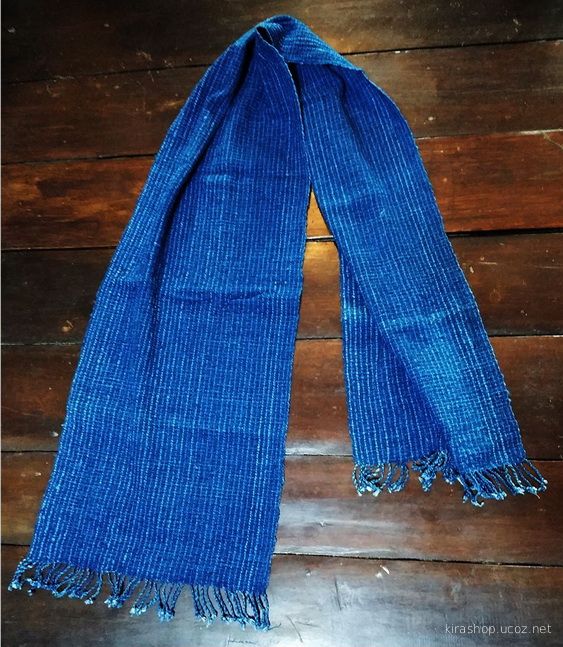
Cotton was most commonly used for textiles, along with other plant fibers and wool. Silk was indigenous to Assam. Silk cloth had connotations of purity, as was also true of wool in mountainous areas.
Historical Survey
South Asia's first major empire flourished under Chandra Gupta Maurya (320-297 B.C.E.) and his grandson, Ashoka (274-237). They forged contacts with Central Asia, China, and the Greek world (which had expanded far into Asia under Alexander the Great). Chandra Gupta married a Greek princess and had Greek women bodyguards. The presence of Greek women at the Mauryan court possibly had significant consequences for the history of South Asian dress; the Greek women's single-piece draped chiton, pleated as a skirt and draped over the shoulder, may have been an ancestor of the sari.
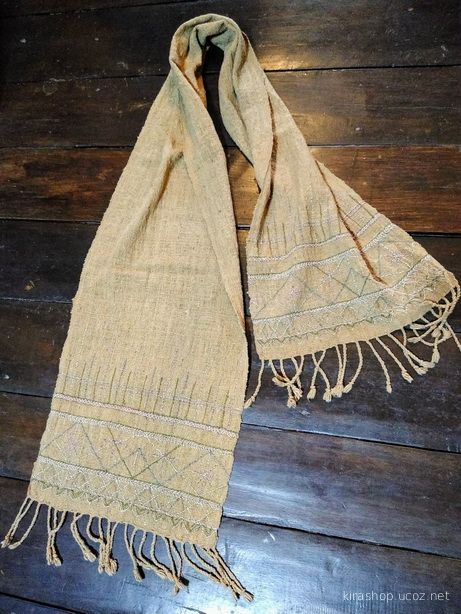 Specialists wove the turban cloths, which could be of cotton or of silk. The indigo blue and white checks, chashme bulbul, the nightingale's eye pattern, was greatly appreciated. The skullcap worn by men was the base for the elaborate turban worn in public.
Specialists wove the turban cloths, which could be of cotton or of silk. The indigo blue and white checks, chashme bulbul, the nightingale's eye pattern, was greatly appreciated. The skullcap worn by men was the base for the elaborate turban worn in public.
A Greek ambassador named Megastenes gave a detailed description of gold-embroidered garments, printed muslin, and a life of great luxury. The elaborate drapings of Greco-Asian Gandhara sculpture of the northern area reflect the local costume, while stitched garments are depicted as being worn by soldiers, possibly of Central Asian origin.
The Satavahana Empire in south India (200 B.C.E. to 200 C.E.) encouraged trade with the Roman Empire, Arabia, and Southeast Asia. Unstitched garments are shown in Satavahana sculptures, along with stitched garments such as a tunic with V-neck and sleeves. Soldiers wore sleeved tunics with tight trousers.
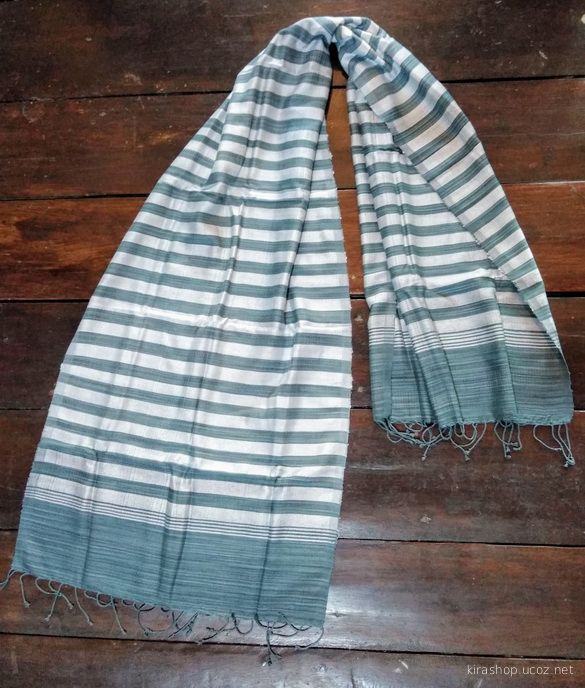 The Kushans, known to the Chinese as the Yueh-Chi, dominated Central Asia during the period from 130 B.C.E. to 185 C.E. They entered the Punjab, destroying the local rulers and consolidating their rule by defeating the Greeks and the Scythians (Sakas), who dominated Western India. The presence of Greeks, Kushans, and Sakas introduced varying cultural traditions. The monolithic statue of Kanishka at Mathura has a long coat worn over a tunic. The coat's open front flaps turn outward exactly in the same way as Turkoman coats worn in the twenty-first century. Women wore jackets over their sarongs held together with decorative buttons, and tunics with sleeves and rounded necks, probably opening at the back. A dancer wore a tunic, pajama pants, a floating scarf, and a cap, similar to later Central Asian dance costumes and also to the costume worn by the women dancers of Kathak, a classical dance of North India.
The Kushans, known to the Chinese as the Yueh-Chi, dominated Central Asia during the period from 130 B.C.E. to 185 C.E. They entered the Punjab, destroying the local rulers and consolidating their rule by defeating the Greeks and the Scythians (Sakas), who dominated Western India. The presence of Greeks, Kushans, and Sakas introduced varying cultural traditions. The monolithic statue of Kanishka at Mathura has a long coat worn over a tunic. The coat's open front flaps turn outward exactly in the same way as Turkoman coats worn in the twenty-first century. Women wore jackets over their sarongs held together with decorative buttons, and tunics with sleeves and rounded necks, probably opening at the back. A dancer wore a tunic, pajama pants, a floating scarf, and a cap, similar to later Central Asian dance costumes and also to the costume worn by the women dancers of Kathak, a classical dance of North India.
Stitched garments became common during the Gupta period (fourth to eighth century C.E.), for the Gupta rulers controlled territories from Central Asia to Gujarat. The Gupta-era murals at Ajanta, however, show royalty wearing flowing garments while the attendant, entertainers, and soldiers wore stitched clothes. Women wear a range of blouses, known by names similar to choli, the word for blouse today. The backless blouse with an apron worn by the dancer in the murals is still worn by some nomadic peoples.
The Sanskrit and Prakrit lexicons of the seventh century C.E. contain a wide range of terms for clothing, many of which are closely related to words that are in use today. This lexical continuity shows that upper wraps, veils, jackets, tunics, and various other types of garments have continued in use from that time to the present.
The conquest of most of Central Asia and northwestern India by Mahmud of Ghazni in the eleventh century played a major role in bringing Islam to South Asia. The Islamic influence exerted by the Ghaznavids and their successors had a notable effect on the clothing of South Asia. There was an extensive trade in textiles between India and the Middle East; records specifically mention fabrics for lining and edging, indicating a highly evolved style of stitched costumes. Mention is also made of costumes coming from Syria, Egypt, and Baghdad to be used by the Sultans and their court. Textiles were also produced locally under the patronage of Muslim rulers.
Robes decorated with woven or embroidered calligraphy were worn throughout the Islamic world. They originally were produced in textile workshops (Dar-al-Tiraz) set up by the Caliphate in Baghdad. They came up, however, throughout the Islamic world to serve the courts. Designs and techniques were exchanged from one area of the Islamic world to another and were incorporated into garments for royalty and robes of honor. The rulers of various sultanates of northern India set up their own royal textile workshops; one was described by the inveterate Arab traveler Ibn Batuta and thus the Indian courts began to follow the dictates of fashion set by the caliphate.
The consolidation of the Mogul Empire during the late sixteenth and early seventeenth centuries led to changes in governance and court life through the country. Lesser rulers followed the dictates of the ruling Mogul emperor. Humayun, who experienced the sophisticated life of Shah Abbas's court in Persia, evolved an urbane way of life. He returned with masters of many arts to set up royal ateliers in Agra and Lahore. He laid the foundation of the indigenous Mogul style, which Emperor Akbar (1556-1605) perfected. Abul Fazl, Akbar's chronicler, records that the Akbar's wardrobe contained dresses designed by the emperor himself to be suited to the Indian climate. He describes an unlined cotton coat in "the Indian form" tied on the left side, while Hindus tied theirs on the right. (The difference persists to this day.) He introduced the double shawl used by men, a style in keeping with the flowing garment of the Indian tradition. Foreign names for introduced garments were changed to indigenous or Sanskritized versions to enhance their acceptability.
Mogul miniature paintings demonstrate that fashions in clothing were dictated by the court. Men wore long coats over pantaloons, and turbans with jeweled plumes. In Akbar's court chakdar jama, a long coat with pointed corners was fashionable, while Jehangir introduced a fitting Nadiri coat. In the early Mogul period, the dress of men and women was similar, but during Jehangir's reign women's fashions changed. Miniatures show layers of fine muslin garments floating over rich brocaded tunics with gossamer tissue veils. Indigenous textiles and skills inspired a range of costumes influenced by local fashions.
The Mogul Empire's decline shifted patronage to regional courts and led to indigenous styles. A long, trailing coat was worn at the sophisticated court of Oudh. Women's pajamas evolved into elaborate slit skirts called farshi payjama. Only Hindu women wore skirts.
The impact of European clothing on India was gradual. In the seventeenth and eighteenth centuries, many European men adopted Indian dress and married or lived with Indian women. The arrival of substantial numbers of European women in the mid-to late nineteenth century brought about a change of lifestyles. The formation of a colonial government and the evolution of a formal social life led to a more formal dress code. The Indian civil servants, soldiers, and students were expected to dress accordingly. The Indian elite adopted the Western mode of dress, while the middle class blended it with their own. The Bengali babu wore his dhoti with a shirt, a coat, and an umbrella. In southern India, men wore the coat and shirt over the sarong. Women began wearing blouses imitating the neckline, collars, and puffed sleeves of Western fashion. The tunics of North India also followed some of the European fashions.
General Regional Styles
Despite the fact that South Asia preferred the use of draped garments, regional variations occur throughout the area. These are influenced by geo-climatic conditions, and sociocultural environment.
North India and Pakistan
In North India and Pakistan, stitched costumes similar to those of Central Asia are prevalent. Men and women wear a tunic called a kamiz, together with salwar, loose pantaloons, narrow at the ankles and tied at the waist. (The salwar is cut quite differently from the pajama.) The versions of salwar kamiz worn by men and women are similar but have a different cut and styling. In addition to the tunic and pantaloons, women wear a veil, dupatta, which is a head covering, and can envelop the body. Pakistan's women have adopted salwar kamiz as their national dress; for outdoors, many women wear a burqa over the salwar kamiz that covers them from head to toe.
In Greater Punjab (extending into both India and Pakistan), Sindh, and the North-West Frontier Province of Pakistan, people wear a longer style of tunic, called a kurta, as well as salwar. The embroidered tunic worn by women in Pakistan's Sindh and Baluchistan areas is similar to the one worn by the Baluchi women of Afghanistan and Iran.
The Hindu, Muslim, and Sikh peasants wore a long wide sarong known as lacha made of cotton, worn long at the back and knotted in the front, with the ends tucked into the side. Affluent landlords wore a silk lacha with broad borders. Men wore turbans with a crestlike fan rising from behind and a long, flowing end falling down the wearer's back. The Jats of East Punjab and Haryana in India wear a similar dress.
The men and women of Kashmir wear a long, loose tunic, pheran, with a salwar or a pajama; the Kashmir tunic is quite distinct from the kamiz. The women's tunic has embroidery at the neck and is worn with a headscarf.
Ladakh Sometimes known as lesser Tibet, the small Himalayan territory of Ladakh maintains Buddhist lamaistic traditions. Men wear a long, woolen coat with side fastenings, with a shirt and a sash. Everyone wears a tall hat with an upturned rim, richly embroidered for special occasions. Women wear a long velvet dress, with a sheepskin, lokp, suspended from the shoulders at the back like a short cape, which is replaced by a brocade or richly embroidered version for festive occasions. Women also wear an elaborate headdress, perak, covered with large pieces of turquoise, which curves over the head like a cobra hood and hangs down the back.
South Asia: History of Dress By Jasleen Dhamija
